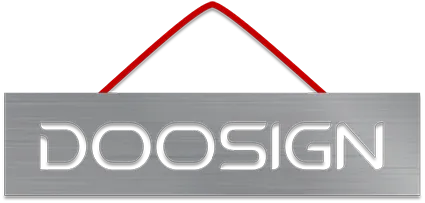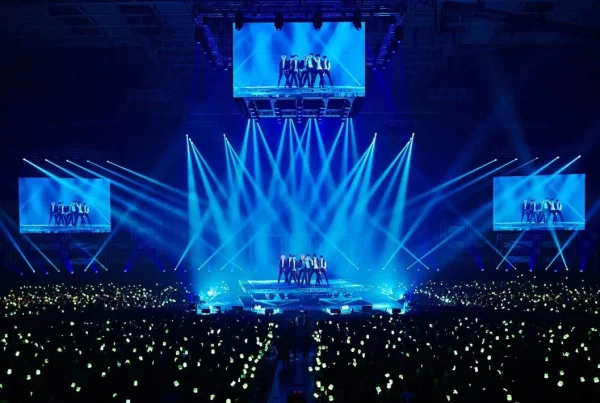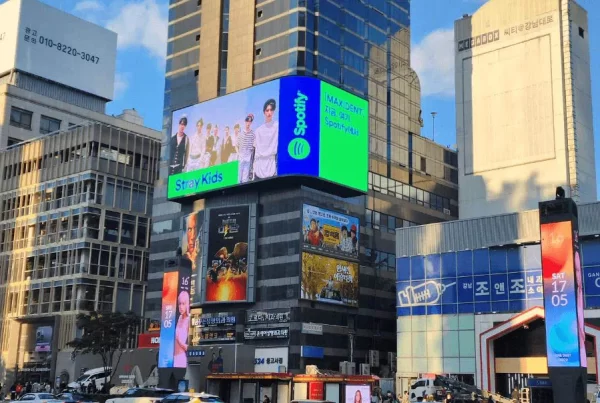
LED displays are widely used in various public places such as conference rooms, shopping malls, exhibition halls, commercial streets, and landmark buildings, becoming an indispensable medium. The theoretical lifespan of LEDs can reach 100,000 hours, but in practice, it is around 50,000 hours due to factors like current, temperature, humidity, and dust in the environment. To extend the lifespan of LED screens, it’s crucial to pay attention to regular maintenance. Here are some tips:
- Proper Power On/Off: Turn on the computer first when powering up, followed by the control device, and finally the LED screen. When shutting down, follow the reverse order. Avoid displaying an all-white, all-red, all-green, or all-blue screen to prevent excessive current and damage to the LED beads.
- Regular Inspection: Small indoor screens with stable environments may require monthly inspections, while semi-outdoor, outdoor, and large indoor/outdoor screens may need weekly inspections.
- Regular Cleaning: Dust inside the screen can reduce heat dissipation and insulation performance on the controller’s surface. Dust can also absorb moisture in humid weather, leading to short circuits and deterioration of technical performance over time. Regular cleaning is essential, especially for outdoor screens exposed to harsh environments.
- Periodic Tightening: LED screens, being high-power devices, can experience component loosening due to temperature variations over time. Regular tightening of components is necessary.
In summary, LED display maintenance involves proper power management, regular inspections, cleaning to prevent dust accumulation, and periodic tightening of components. This routine care helps ensure a longer lifespan and optimal performance for LED screens.



